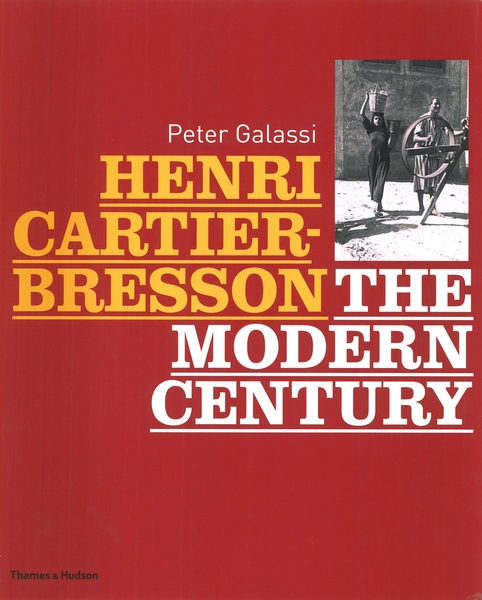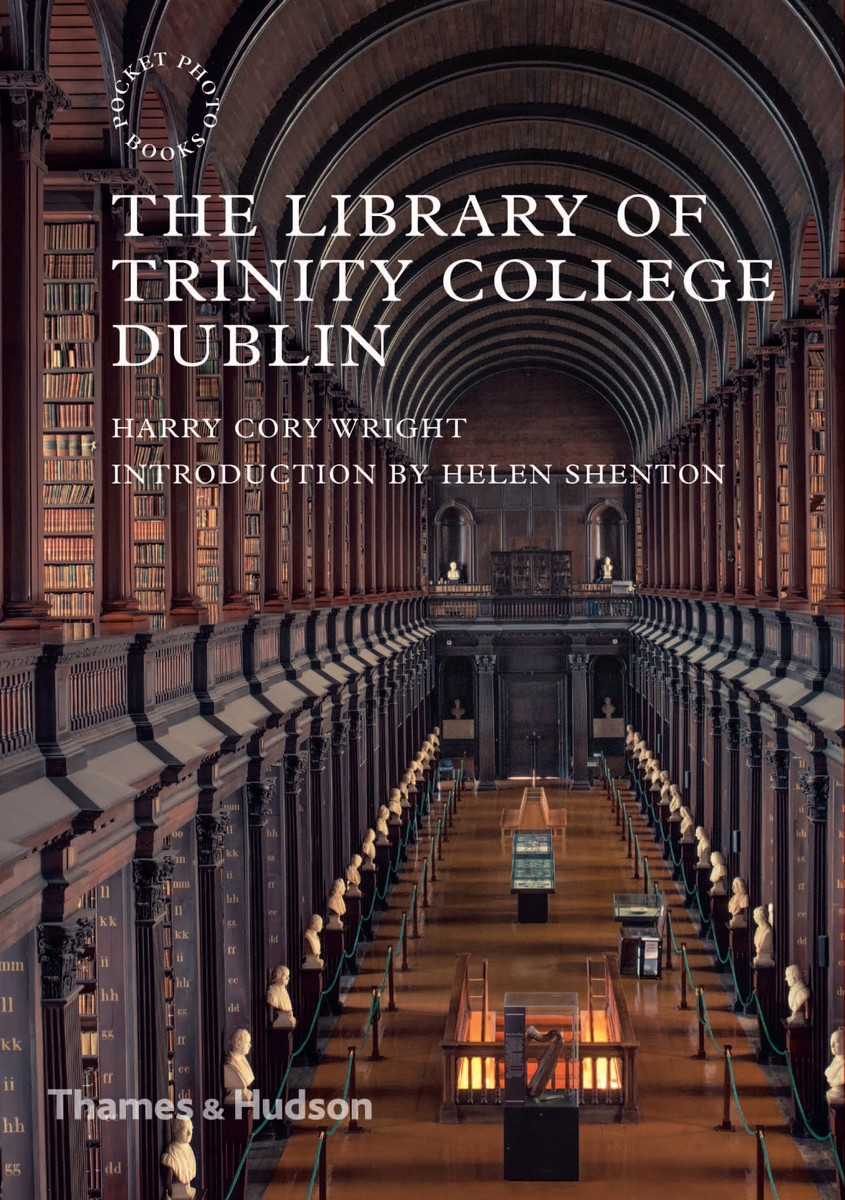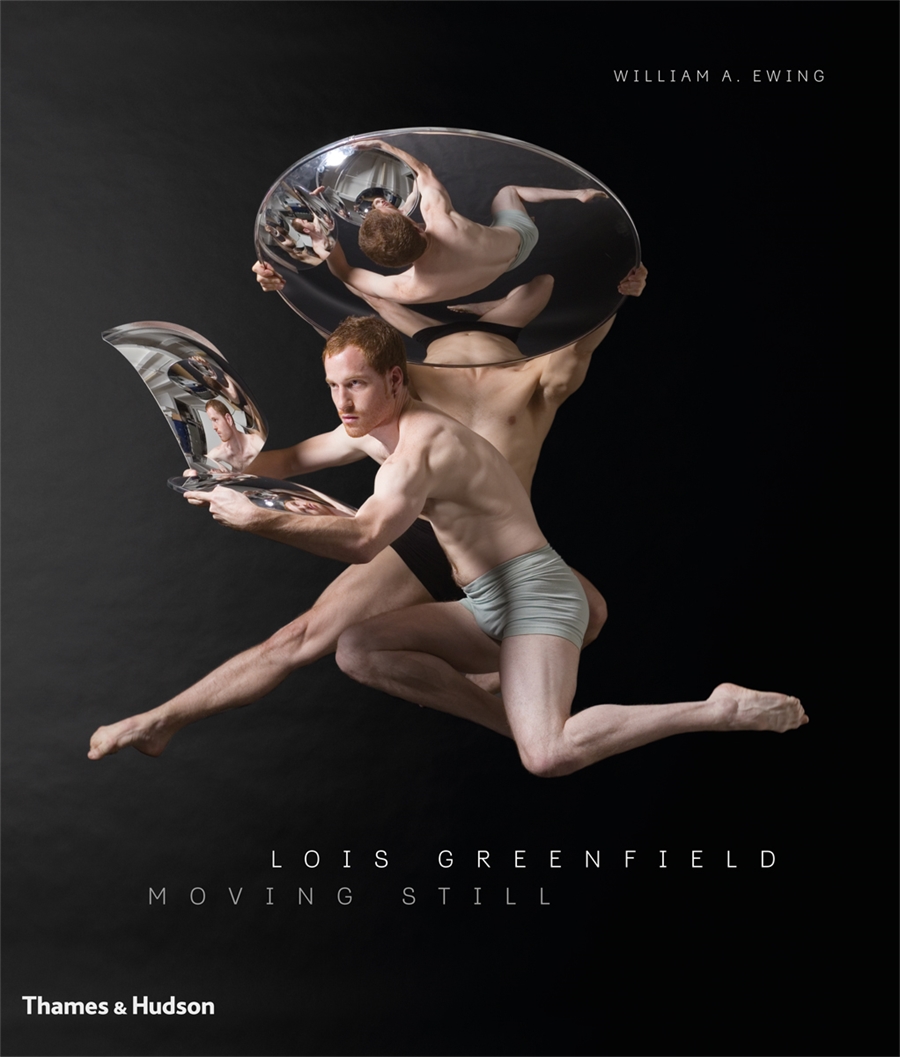Description
Henri Cartier-Bresson (1908-2004) is probably the most influential, admired and respected figure in the history of photography. His early work helped define the creative potential of modern photography, and his unerring ability to capture life on the run made his work synonymous with ‘the decisive moment’ – the title of his first major book. Following World War II, he joined Robert Capa and others in founding the Magnum photo agency, which enabled photojournalists to reach a broad audience through magazines such as Life while still retaining control over their work. In the decade following the war, Cartier-Bresson produced major reportages on India and Indonesia at the time of independence, China during the revolution there, the Soviet Union after Stalin’s death, the United States during the postwar boom, and Europe as its old cultures confronted modern realities. For more than twenty-five years, he was one of the keenest and most active observers of the global theatre of human affairs – and one of the great portraitists of the twentieth century.
This book, published to accompany the major retrospective at The Museum of Modern Art in New York, is the first significant volume to draw fully on the extensive holdings of the Fondation Henri Cartier-Bresson in Paris. Many of the photographs are images made famous by The Decisive Moment and subsequent publications, but many others have rarely – if ever – been published before, and will be unfamiliar to even the most dedicated follower of Cartier-Bresson. Peter Galassi’s essay explores the varied and often competing artistic, intellectual, social and professional frames of reference that shaped Cartier-Bresson, offering a fresh understanding of the panoramic scope of the photographer’s work, from his Surrealist innovations of the early 1930s to his photojournalism and late work.
In addition to Peter Galassi’s introductory text, in which he draws on twenty years of work and friendship with the photographer, the final sections of the book – which runs to more than eighty pages of often newly discovered and systematically ordered reference material based on the hitherto unexplored archive of the Fondation Henri Cartier-Bresson in Paris – is almost a publication in itself. Photo historians and anyone who takes an intelligent interest in photography at last have a true basis for the appreciation of the astonishing breadth and depth of the spectacular career of photography’s great master.



